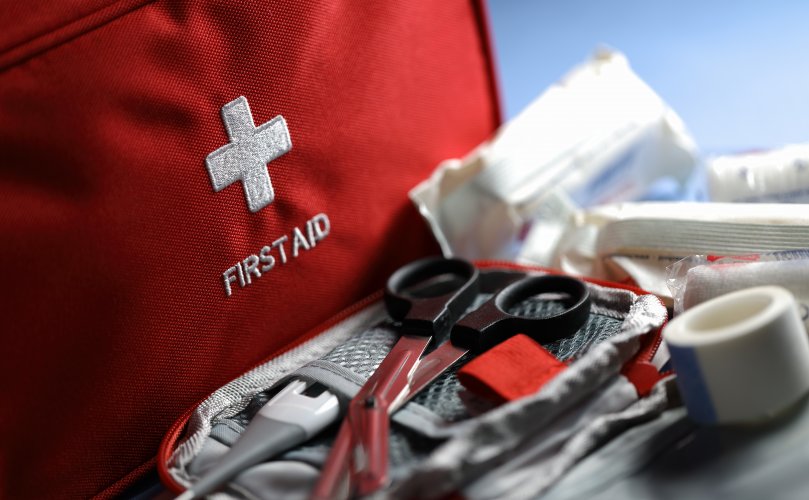
Workplace safety: Warehouse
When an office person walks into the warehouse, it's like he has landed on another planet. The space is huge, divided by different coloured tapes and markings. There are roads, sidewalks and zones. The shelves are so high that an "outsider" can't tell how many different items are in there. There are boxes, packing materials, tape everywhere...
And this hustle and bustle is complemented by a mixture of different sounds and people who seemingly just walk up and down. But in reality, they know exactly what they're doing and why they're doing it, and they're good at it. One way to improve working conditions is to establish common safety standards in the warehouse that can be applied across the board. Let's take a look together at how to do this.
Warehouse safety starts with a good plan
For the office people, the safety rules in the warehouse are a big unknown. The unisex reflective vest, a fashion accessory for every visitor, is mandatory equipment as soon as you cross the doorstep. Warehouses are spaces where the risk of injury or accident is significantly higher compared to a safe office. Safety is therefore a priority in all activities that warehouse employees perform during their work.

The basic rule of workplace safety is prevention. Eliminating risks is everyone's responsibility. When we take responsibility for our own safety, we create a safer place for all employees.
Regulations and guidelines help employees to create a safe working environment and reinforce safe behaviour at work. These regulations include the selection and use of PPE, rules for the handling and storage of materials, and the handling of motorised equipment such as forklift trucks.
Basic rules for working in the warehouse
1. Wear appropriate personal protective equipment such as gloves, safety footwear, eye protection, safety helmets or impact resistant caps where appropriate.

The very basis of safety in the warehouse is to have proper and quality PPE that takes into account what the risks are and what activities the person performs on a daily basis. In the warehouse we need comfortable clothing to move around well while protecting us from accidents.
2. Clearly identify and mark danger zones. Signs or stickers are a way to ensure warehouse organisation and safety from hazardous situations. Brightly marked shelving, equipment and materials can help employees prevent serious injuries. Emergency exits and routes leading to them must also be clearly marked.
3. Keep an eye on where you are going and focus on what you are doing. Also pay attention to what others are doing. Be alert wherever forklifts and other motorised equipment are moving.
4. Properly store and stack materials so that they are stable, safe and do not create any obstructions or hazards - including fire hazards.
5. Employee training is essential. Promoting awareness of all potential safety hazards can significantly reduce the number of accidents.

Providing appropriate health and safety training in the warehouse helps to ensure that employees are aware of the implications of safety hazards. Training thus helps to ensure more consistent compliance with OHS procedures.

TIP: Did you know
that most warehouses have office space for managers to oversee operations, and smaller meetings can also take place in these spaces?
Furnish your office with quality products that will make your work more comfortable.
Creating a safe and productive warehouse environment starts with a culture of safety. Building a safe work environment is defined by a safety plan that encompasses all parts of the warehouse and applies to every single employee.
Continue reading

The Importance of Having a First Aid Kit at Work

Here is how to ensure a safe workplace for everyone

